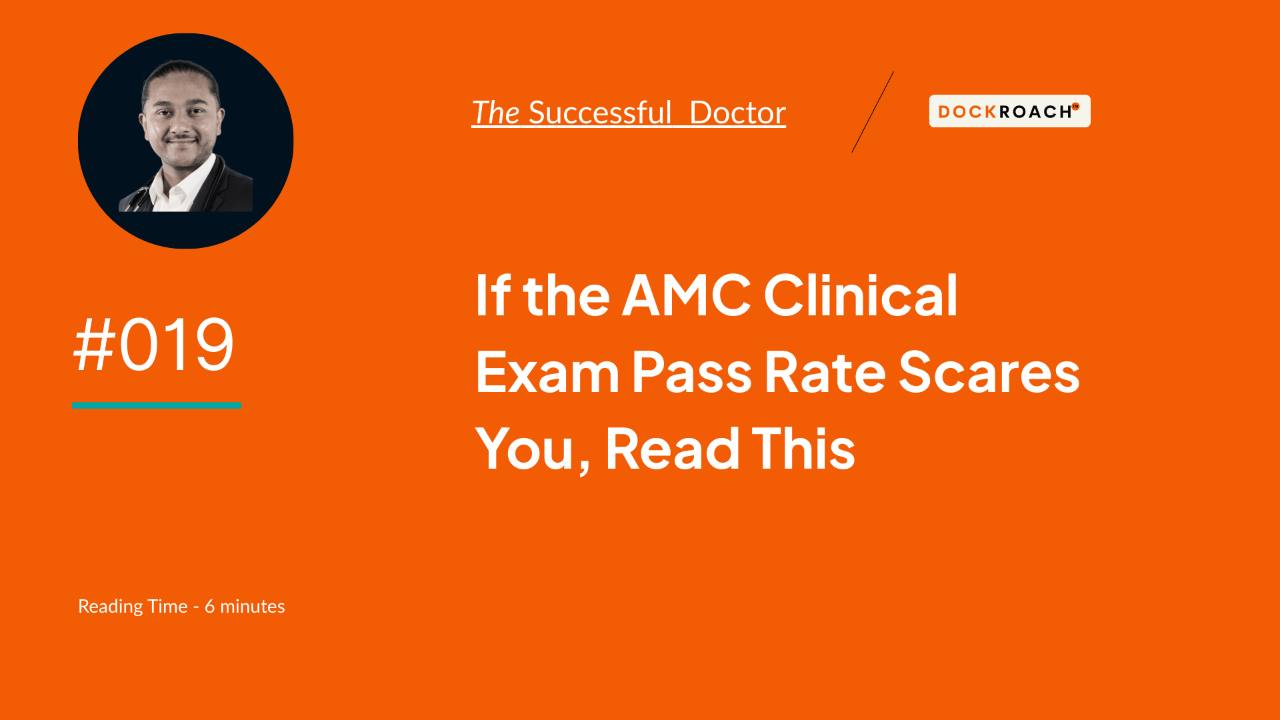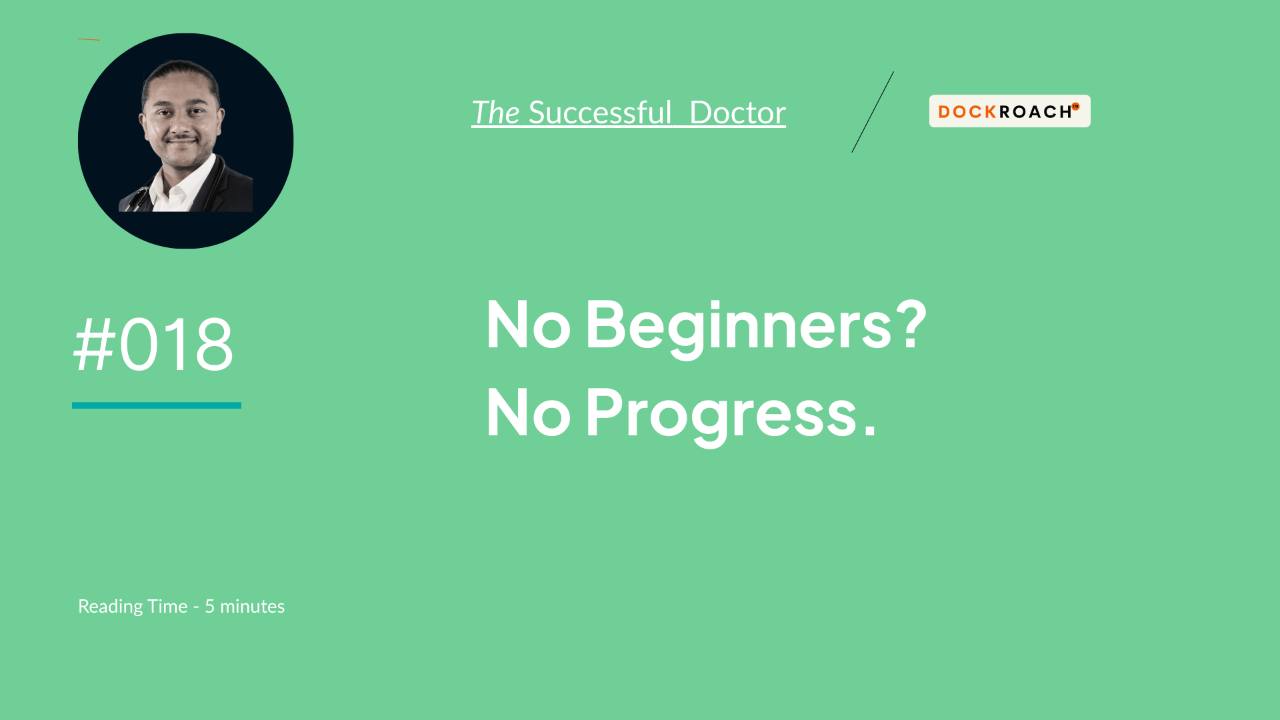Part 1: How to Use Reading Time Like a Top-Scoring Candidate
Part 1 of the AMC Clinical Exam Scenario Series
Read time: 5 minutes
Do you make this costly mistake in the first 2 minutes?
Reading time is often wasted. Average candidates don’t realise they’re already being tested before they even open their mouth.
But top scorers?
They use every second of that reading time like it’s a match-defining move.
Why this matters?
In the AMC Clinical Exam, you have just 2 minutes of reading time before the assessment starts.
And yet, this is where everything begins:
-
Your mindset
-
Your structure
-
Your clarity
-
Your confidence
Most IMGs fail to use this window well. Why?
Because they’re overwhelmed. They skip structure. Or they panic-read.
According to our IMG target survey:
Many candidates struggle to stay focused, feel time-pressured, and often waste reading time scanning irrelevant information.
You don’t have to be one of them.
In this newsletter series, I’ll walk you through the finer details of approaching AMC Clinical Exam stations — from the very first second of reading time to the final moments of the 8-minute assessment.
Here’s what we’ve seen again and again:
Most candidates treat reading time as preparation — when it’s actually execution.
But the top-scoring candidates?
They know the moment the clock starts, so does the assessment.
Common mistakes:
-
Reading the stem first — before knowing the task
-
Trying to memorise every detail
-
Reading passively without applying structure
-
Going in blind, without a proven checklist
Let’s fix that today.
Top candidates don’t just read — they analyse, anticipate, and prepare to act.

It’s not guesswork. It’s strategy — like chess.
Let me help you break it down.
Step-by-Step Breakdown:
-
Understand the Anatomy of a Clinical Station Question
-
Always Read the Tasks First
-
Apply the 7 Clinical Reading Questions
- Final 30 Seconds: Visualise Your Execution
Let’s go deeper into each one now.
1. Understand the Anatomy of a Clinical Station Question

Lets use this example from our question bank (Q51: Headache) as a guide.
🟠 The Stem = The clinical scenario (bulk of text at the top)
🟠 The Tasks = The actions you will be assessed on
Rule of thumb:
-
Long stems usually indicate counselling stations → easier flow
-
Shorter stems often signal diagnostic or complex physical examination cases → more active thinking required
- Read everything that is given to you.
Using a structured reading framework during this time boosts speed, builds clarity, and sharpens your presence in the first moments of your station.
2. Always Read the Tasks First
Yes — even before the stem.
This sets the context for everything that follows.
🟠 Ask:
-
What type of station is it? (Diagnostic, Management, Counselling, Physical Examination/ MSE, or 'Full station'?)
-
How many tasks are there?
-
How should I allocate time across the 8 minutes?
In Q51, you’ll notice it’s a Full Station; given it has 4 PAA's.
That means you'll need a tight structure and tempo to finish on time — which starts by identifying this early.
3. Apply the 7 Clinical Reading Questions
These turn your reading time into actionable structure.
Ask these as you read:
-
WHERE is it? (ED, GP Clinic, Hospital)
-
WHO is it? (Patient’s name, age, gender, relatives present?)
-
WHY did they present? (Chief complaint, symptom profile)
-
WHEN was the onset? (Timeline, triggers, progression)
-
WHAT Subject? (Medicine, Surgery, O&G, Paeds…)
-
WHAT stage of the consultation? (New vs follow-up? Acute vs chronic?)
-
WHAT differentials? (Can you list at least 7, ranked by urgency?)
Coaching tip: You can’t write during reading time — but train yourself to mentally note key details above. Make it a habit in practice, so it’s ready when it counts.
Try this with Clinical Question Q.51 above.
Can you apply the 7 clinical reading questions?
Pause and give it a go — how did it feel?
4. Final 30 Seconds: Visualise Your Execution

Before the bell rings, ask yourself:
-
Do I have a rough flow of questions in mind?
-
Do I know which parts of the stem I’ll refer to again?
-
Can I anticipate any emotional or communication challenges?
You don’t need perfection — you need direction.
Summary: How Should It Feel by the End of Reading Time?
- You’ve previewed the entire station structure
- You’ve noted the patient's name, symptoms, potential red flags
- You’re mentally rehearsing how to open with clarity
- You’re already calm, professional, and 2 steps ahead
The difference between a confident start and a scrambled opening
is decided before the timer even starts.
“Top performers visualize not just the outcome — but the exact steps they’ll take to get there.”
— Dr. Aarons
Reading time isn’t “extra time.”
It’s the first test of performance.
Use it like a top scorer — and the rest of the station becomes easier to win.
Do you need help building that professional structure under pressure?
We’ve created something powerful just for that.
The AMC Clinical Accelerator includes 100 structured scenarios like Q51 — designed to train how you think, not just what you know.
You’ll learn how to analyse stems, decode tasks, and apply the same frameworks top scorers use to stay calm, clear, and in control during the 8-minute exam.
Use it to sharpen your instincts — one scenario at a time.
In the next issue, I’ll break down how top-scoring candidates approach Clinical Exam tasks — with clarity, speed, and clinical sharpness.
You won’t want to miss it.
See you in a fortnight.






